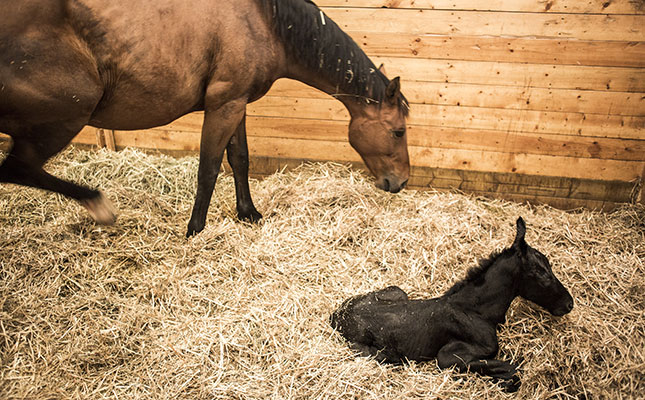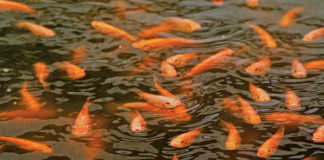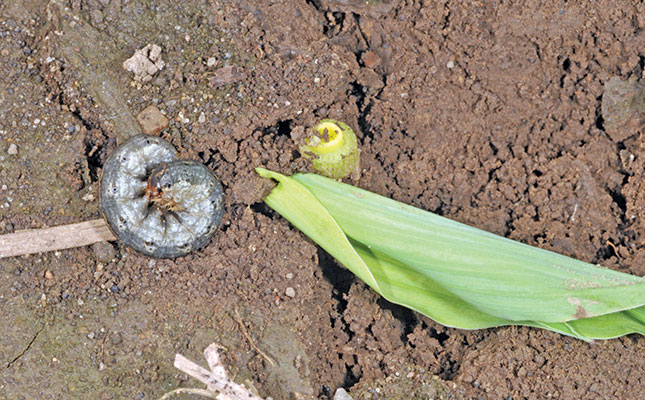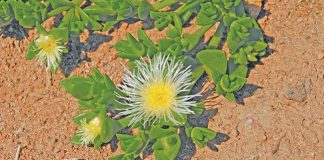
Photo: Adobe Stock
Glanders was a problem in South Africa long before the Anglo-Boer War, but was nearly eradicated through quarantine, movement control and a slaughter-out policy promulgated in 1884.
Despite these measures, armed conflict and cavalry movement caused the disease to become epidemic in equines by 1902. It was finally eradicated after peace was declared.
While South Africa remains free of glanders, the disease remains on the list of controlled diseases in equines (see FW, 14 June). All imported equines must be certified negative, as glanders is still found in South America, Eastern Europe, the Middle East and parts of Africa.
One of the reasons it is so difficult to eradicate is that the incubation period can be up to six months.
Signs of the disease
Glanders, which is caused by the bacteria Burkholderia mallei, is a zoonosis. It occurs mainly in equines, cats (including lions) and humans, but has also been diagnosed in camels, sheep, goats, bears, wolves and dogs.
It is transmitted by direct contact with infected animals, contaminated tack, bedding or feed. Fatalities occur in 95% of untreated cases.
There are three forms of the disease, namely nasal, pulmonary and cutaneous, and it can be acute or chronic. The acute form is seen mostly in donkeys, while horses usually suffer from the chronic form. Signs of glanders may be confused with strangles or tuberculosis, amongst others.
- Nasal glanders: This form, which is mostly acute, usually presents with a high fever, loss of appetite, laboured breathing, coughing, and a yellow-green discharge from the nose. Chronic nasal glanders may result in ulcers inside the nostrils, and the septum may rupture. In carrier equines, nasal lesions can heal to form typical star-shaped scars. The submaxillary lymph nodes swell and may burst, oozing the same yellow-green pus. The acute nasal form of glanders is often followed by pneumonia and death.
- Pulmonary glanders: Also a mainly acute form, this may present with fever, laboured breathing, frequent and violent coughing episodes, or a persistent dry cough. Diarrhoea may also occur. Some horses that are chronic carriers of glanders may only show pale or calcified lesions in the lungs and respiratory tracts on postmortem. Caseous nodules can sometimes be found in the liver and kidneys.
- Cutaneous glanders: This chronic form of the disease develops over an extended period, and often begins with coughing and laboured breathing. Initial signs may include fever and enlargement of the lymph nodes. It may also present with skin nodules along the lymphatic vessels in the legs and lower abdomen, which burst and ooze pus.
The World Organisation for Animal Health (OIE) recommends the following to prevent the spread of glanders:
- Humane culling of infected animals and strict animal movement control;
- Quarantine and thorough disinfection of outbreak areas;
- Burning and burying infected animal carcasses and all disposable materials, such as feed and bedding;
- Disinfecting conveyances and equipment.
According to the OIE, experimental antibiotic treatments that have proved effective include doxycycline, ceftrazidime, gentamicin and streptomycin, as well as combinations of sulfazine or sulfamonomethoxine with trimethoprim.
However, antibiotics may result in infected carrier animals that do not present definite symptoms of the disease, which may in turn lead to the infection of humans and other animals.
Dr Mac is an academic, a practising equine veterinarian and a stud owner.











